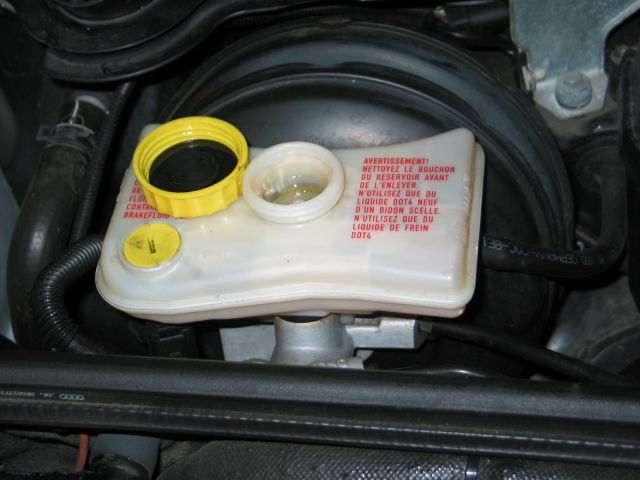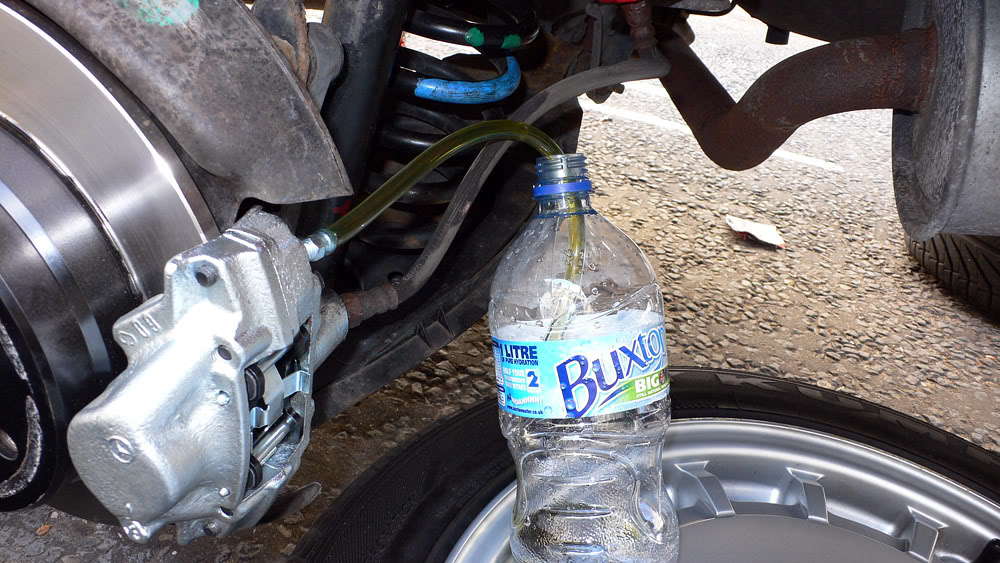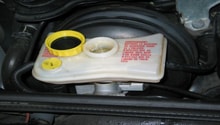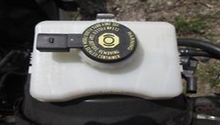Audi Q5 Q7: How to Replace Brake Fluid
Replacing the brake fluid in your Audi Q5 or Q7 can make a big difference in overall brake performance and feel. Read on to learn how to complete this DIY job.
This article applies to the Audi Q5 (2009-2016) and the Q7 (2005-2015).
The brake fluid's boiling point in the Audi Q5 or Q7 can eventually decrease, which can tremendously affect brake performance and feel. Replacing the brake fluid is a process that can be done by most people. The dealership will charge a lot of money for such a procedure, but if you learn how to do it yourself, you can save the money and maybe even have some fun in the process. This guide will show you how to replace your old fluid, then bleed the system of any air that could affect its performance. Read on to get started.

Materials Needed
- Turkey baster
- Hose
- Bottle
- Wrench
- Brake fluid
Step 1 – Remove old fluid
Use your turkey baster to suck the old brake fluid out of the master cylinder. Remove most of the fluid from the master cylinder, but leave just a little bit in it. This prevents any air from entering the system.

Step 2 – Fill with new fluid
Refill the master cylinder (on top of the old fluid) with new fluid until it reaches the max line.

Step 3 – Bleed the brakes
Bleeding the brakes will ensure you remove any air from the system, as well as remove the rest of the old fluid. The proper sequence for bleeding the brakes is starting from the caliper farthest from the master cylinder. So, start from the passenger's rear caliper, then move on to the passenger's caliper, driver's rear caliper, and end with the driver's caliper.
Locate the bleeder screw on each caliper, then connect the clear hose to it. Connect the other end of the hose into a bottle, then ask a friend to pump the brake pedal a few times, keeping it pressed down. Loosen the bleeder screw with your wrench, then watch the fluid coming out. As soon as you start seeing fresh fluid with no air bubbles, tighten the bleeder screw first, then release the brake pedal.
Repeat this process for the rest of the calipers, but be sure to add more fluid in the master cylinder between each caliper.

Related Discussions
- Brake fluid intervals - Audiworld.com
- Brake flush - Audiworld.com
- Brake bleeding sequence - Audiworld.com






